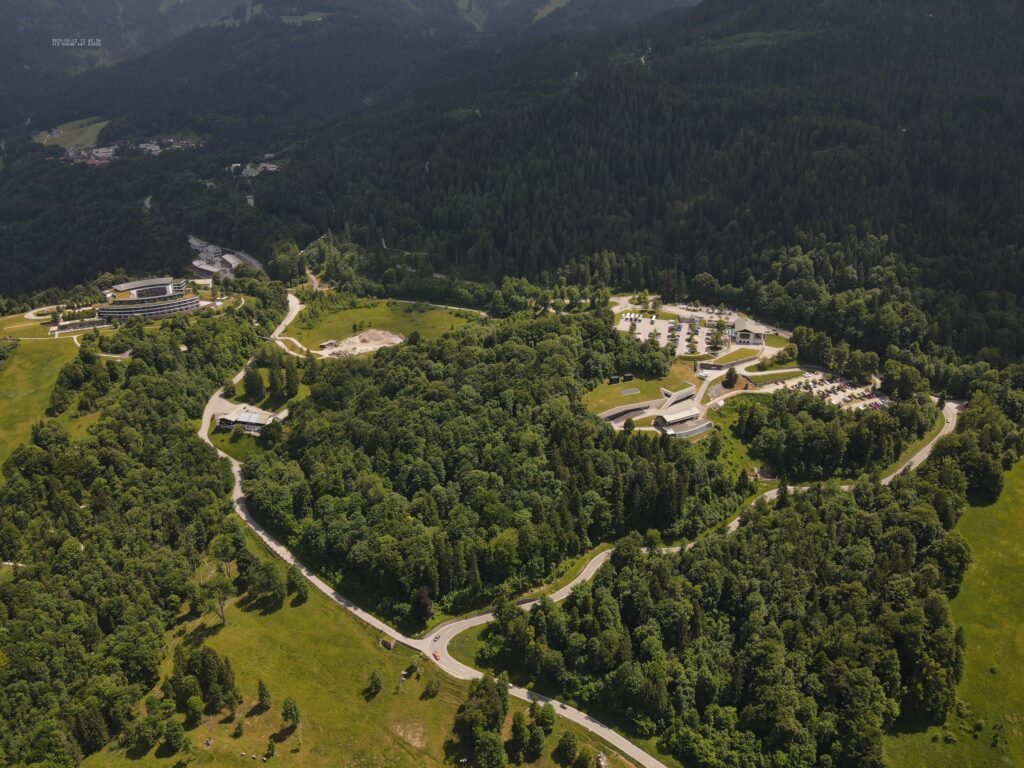Idyll & Atrocity
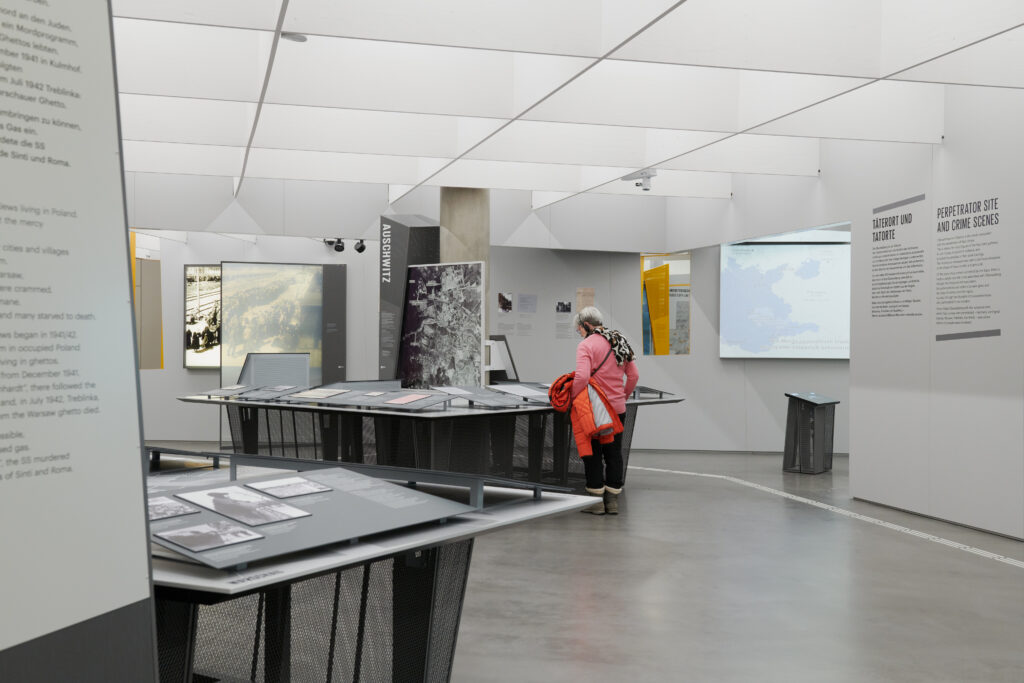
The permanent exhibition
Between 1933 and 1945 Obersalzberg was a Nazi power center. Adolf Hitler spent more than a quarter of his time in office here. At the Berghof, his retreat in the Berchtesgaden Alps, Hitler and his closest associates took decisions that led to persecution, war and genocide.
At the same time, Obersalzberg provided a backdrop to project an image of Hitler as an allegedly congenial “chancellor of the people”. This false image was disseminated millions of times in photographs and film footage and still has an impact today.
The permanent exhibition of the Obersalzberg Documentation Center informs visitors in five chapters about the history of this historic location where the marvelous landscape is closely connected with the horrors of Nazi rule.

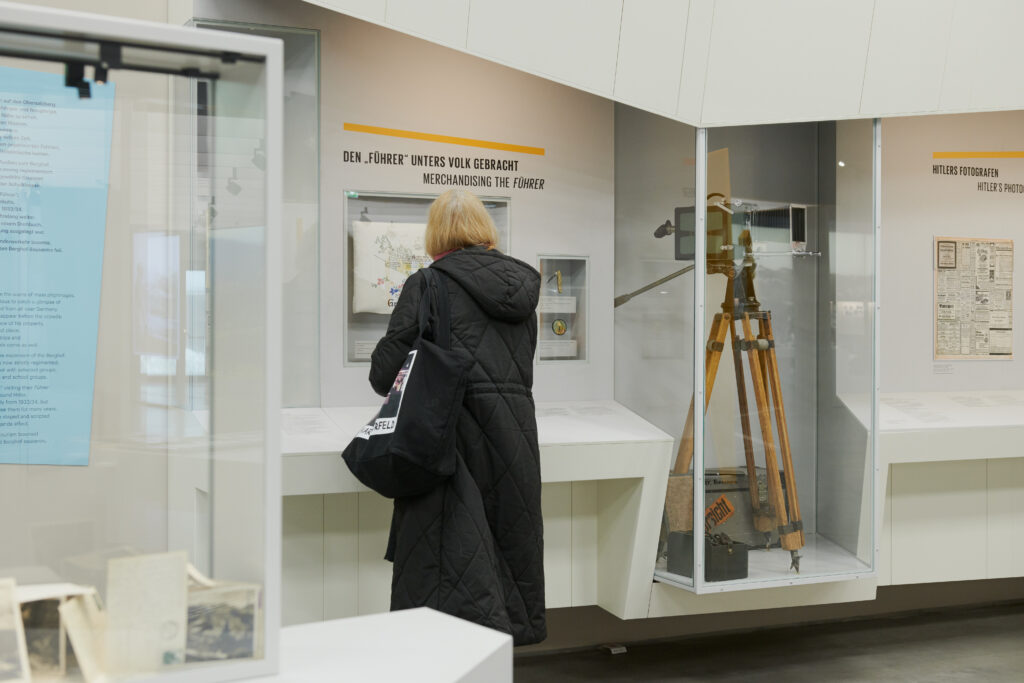
In the space of just a few years Obersalzberg was transformed from a mountain farming village into a rigorously guarded, cordoned-off area for the Führer. In the center of this area was Hitler’s Berghof, a peculiar combination of private residence and seat of government where he held court and ruled Germany. The last part of this chapter shows how Nazi “Führer” propaganda was staged, produced and conveyed to ordinary people.
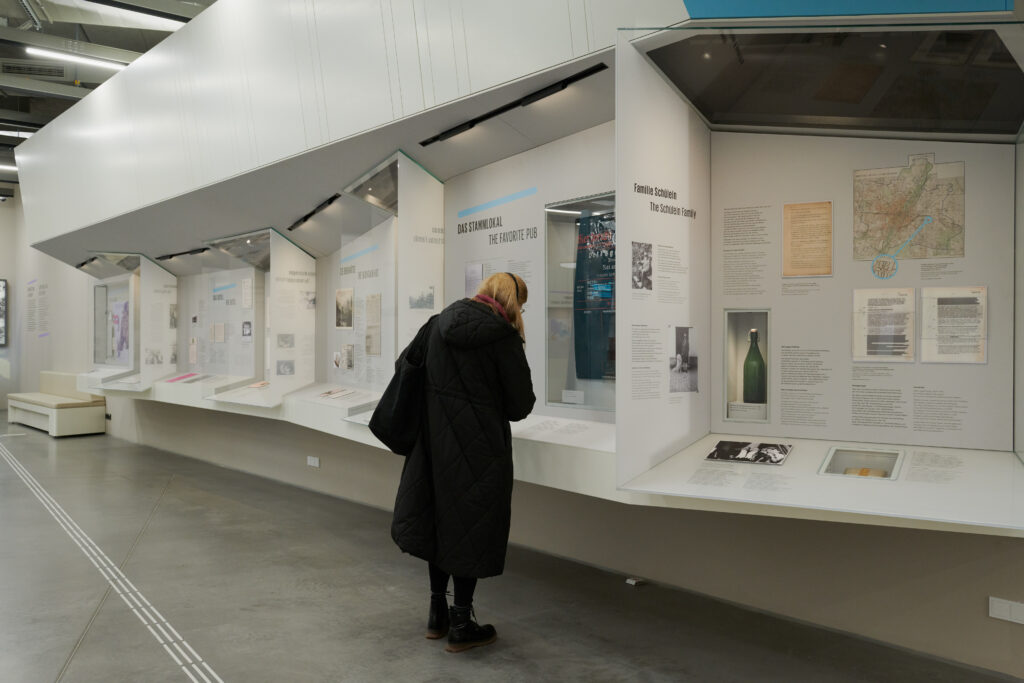
The “national comrades”, as ethnic Germans were known, flocked to Obersalzberg in “pilgrimages” to see Hitler, their “Führer” or leader. Here, as elsewhere in the Reich, the racist construct of a “national community” was put into practice. Political dissenters, alleged “anti-social elements” and so-called “enemies of the race”, primarily “the Jews”, were ostracized, mercilessly persecuted and murdered.
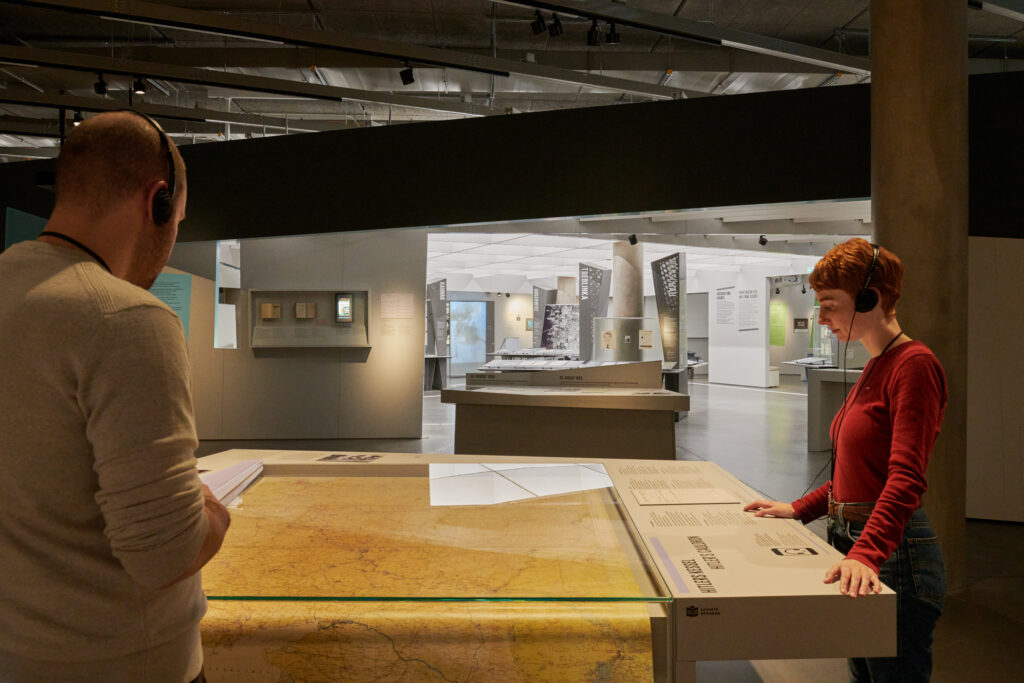
Obersalzberg was a place where foreign policy was conducted and war was waged. Here Hitler pursued his expansionist policies. He received state guests and allies, and he prepared the war that he wanted to wage: the invasion of Poland and the campaign against the Soviet Union. Hitler waged war at the map table of the Berghof.
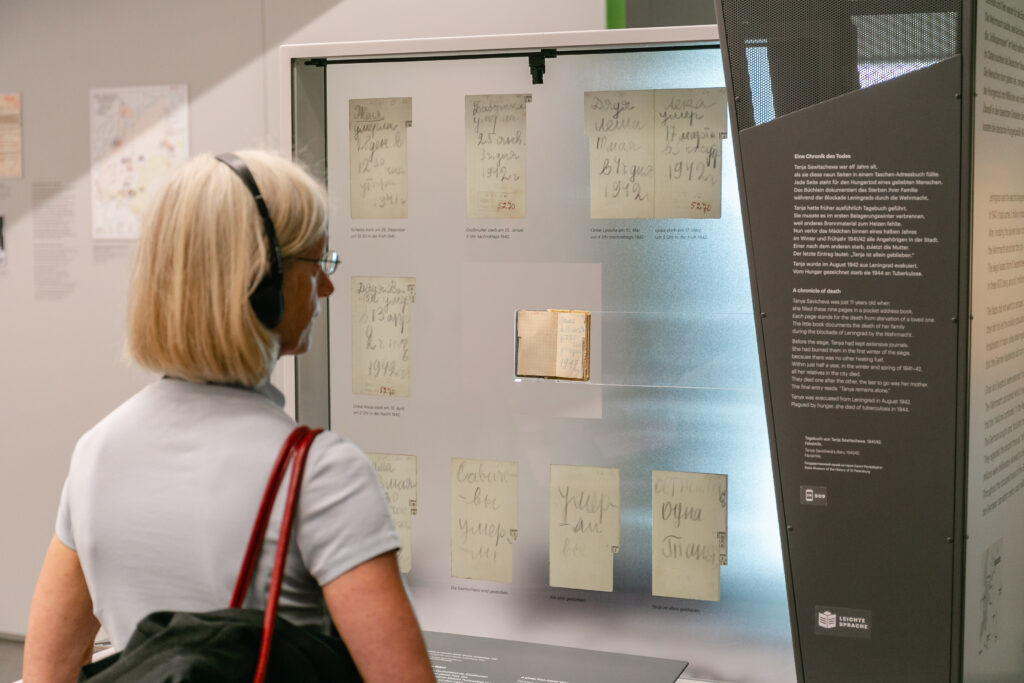
There is no aspect of Nazi mass atrocities that is not connected with Obersalzberg. This chapter, at the center of the exhibition, focuses on the places where the nazis committed their crimes as well as on the fate of their victims. All over Europe, millions of people perished and suffered as a result of the murderous decisions taken at Obersalzberg.
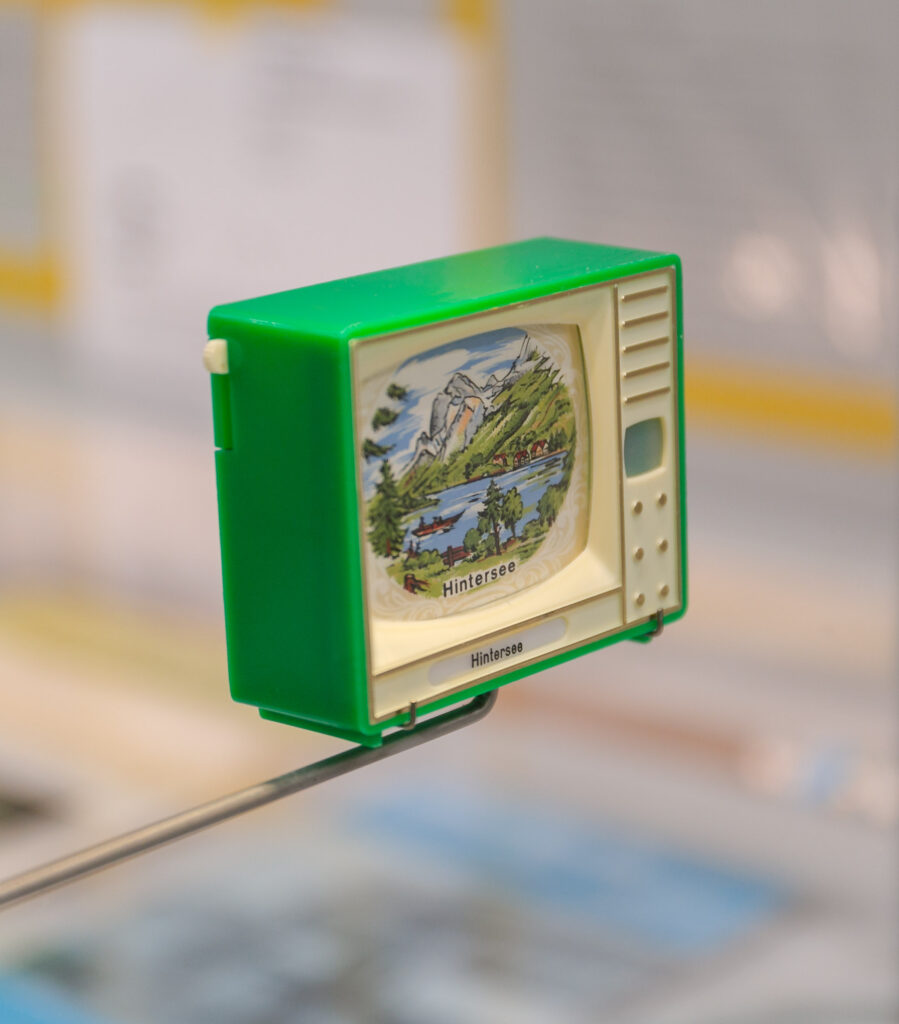
At Obersalzberg, like elsewhere, the war ended in 1945. Hitler had left the Berghof almost a year previously. When US and French troops captured the Führer’s off-limits area they encountered no resistance. In the following decades the question arose of what to do with this site, which was in danger of becoming a “theme park of history”.
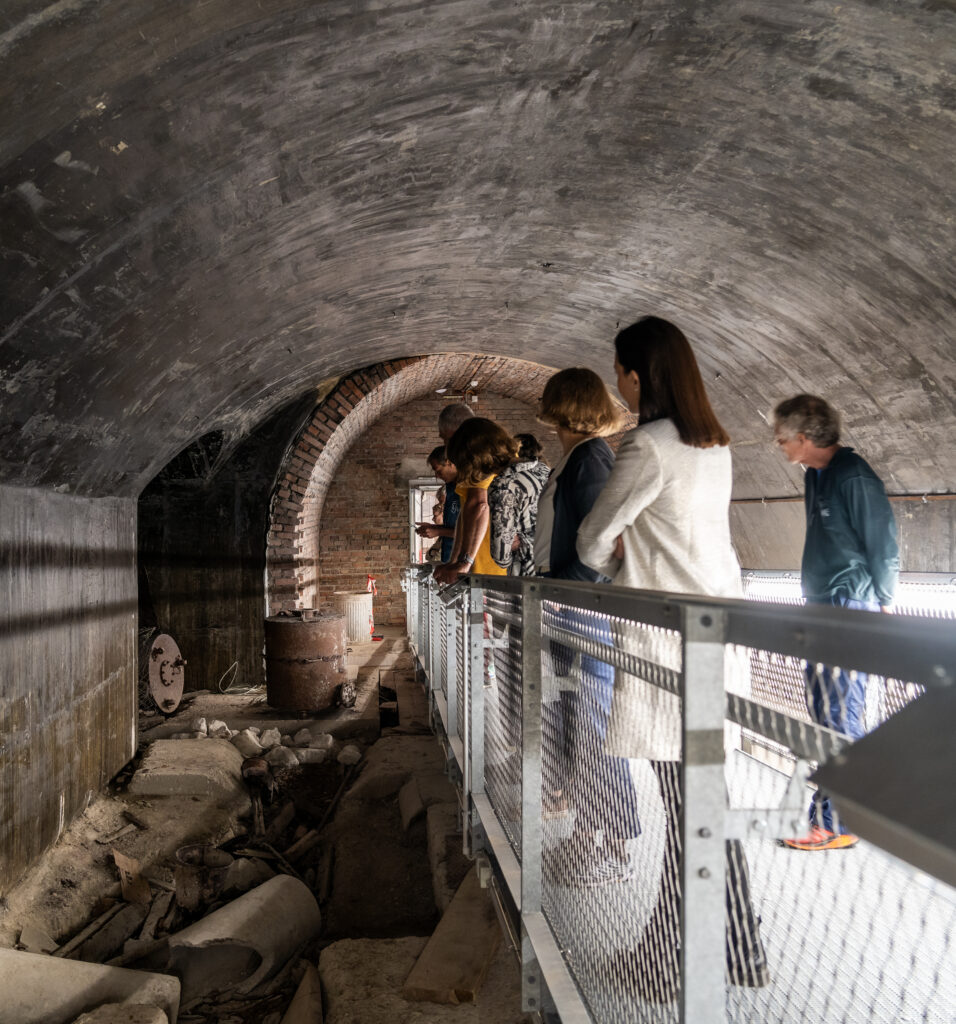
The exhibition concludes with a tour of the bunkers. There, the many inscriptions and graffiti on the walls tell the story of these underground shelters. Two installations provide information about forced labor and about aerial warfare.
FAQs
We recommend about 1.5 to 2 hours to visit the exhibition (including the bunkers). A short self-guided tour with our multimedia guide takes about 40 minutes.
The exhibition Idyll and Atrocity does not use explicit visual material, but it does address the subjects of persecution, war and mass murder. We recommend a visit for people over the age of 12.
All information about barrier-free access can be found here.
We regret to inform you that you cannot take your dog or other animal into our exhibition. Recognized guide dogs or assistance dogs are welcome (please provide certification). More information on barrier-free access.
Flash-free photography is permitted. Photos may be taken exclusively for private use.
Backpacks and large bags may not be taken into the exhibition. This also applies to other bulky items. This also includes child carriers, baby carriages or strollers of all kinds.
Please understand that this regulation serves to protect other visitors as well as the exhibition installations and exhibits.
You will find vending machines offering drinks and snacks in the basement.
For a booked tour there is no minimum number of participants.
The bunkers are a historic construction. The ground is uneven in some places and there are also bridges with gridded floors. We recommend appropriate footwear.
